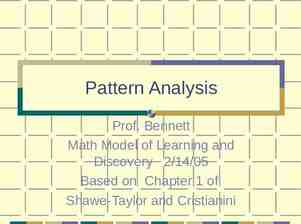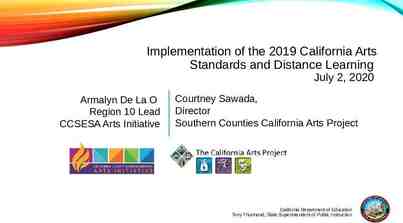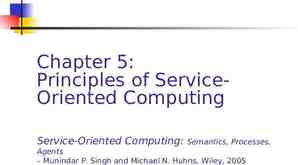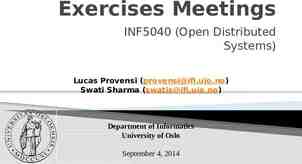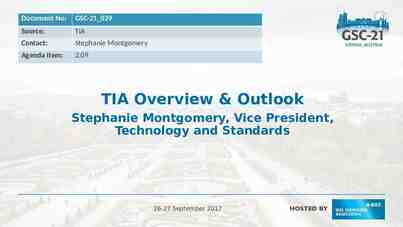457(b) Deferred Compensation Plan Basics Presented By: Joel J.
15 Slides2.50 MB

457(b) Deferred Compensation Plan Basics Presented By: Joel J. Babbitt Benefits Coordinator/VEBA Administrator IPPFA Benefits

The Typical Retirement Plan

Your Pension The pension is the core retirement plan for our stakeholders.

Improving Retirement Outcome It does not get any easier than payroll deduction!

457(b) Plans- The Basics Traditional 457 Contributions: Before Tax Contributions Roth 457 Contributions: After Tax Contributions

Traditional 457(b) 457(b) Deferred Compensation Plans – Pre-Tax Contributions Payroll Deducted Pre-Tax Contributions Tax Deferred Growth Can Access Funds at Separation of Service Regardless of Age with NO 10% Excise Tax Distributions are Taxed As Ordinary Income

Roth 457(b) Employer Discretion to Make Available Payroll Deduction Contributions are After-Tax Can not access funds until age 59.5 years of age First Roth Deposit has to occurred 5 years prior Can make contributions to Roth IRA also*

How Much Can I Contribute in 2018? 18,500 (under Age 50) or 100% of compensation, whichever is less Catch-Up Age 50 An Additional 6,000 Total of 24,500 Alternative Catch-Up (Double Down) Can start at age as early as age 47 for Age 50 Retiree Eligible. (Can be utilized if eligible 3 years prior to the year in which you retire. “Normal Retirement Age” If eligible, up to 37,000 Cannot utilize Alternative Catch-up In year of retirement Cannot utilize both Alternative and Age 50 in same year

Can I Contribute To Both Pre-Tax and Roth 457(b)? Yes. 18,500 (Under Age 50) All Pre-tax Contributions All Roth Contributions Combination of Both Total Contributions Can’t exceed IRS Limit. (Example: Employee Elects to Defer 9,250 Pretax and 9,250 Roth- After Tax 18,500) Same rules for the Age 50 Catch-up and Alternative Catch-up (Double Down).

Making the Best Choice For You Before-Tax Traditional 457 Suitable for lower tax bracket at retirement Current reduction of taxable income today – pay taxes on the money and its growth in retirement Access At Separation of Service Regardless of Age

Making the Best Choice For You After-Tax Roth 457 “Locks in” today’s tax rates on all contributions Suitable for higher tax bracket at retirement Think Tax Rates may be higher in the future Tier 2 Are younger, with many years until retirement Tax-Free “bucket” of money when you retire Reduce your tax bill in retirement Age 59.5 Before you can withdrawal

Roth 457(b) or Pre-Tax 457(b) Pay Taxes on Just the Seeds - Roth Pay Taxes on the Seeds and Harvest – Pre-Tax

Before Tax 457(b) vs. After-Tax 457(b) FAQ’s Before-Tax Traditional 457(b) After-Tax Roth 457(b) Is my contribution taxable in the year I make it? No Yes Is my contribution taxed when distributed? Yes No Are the earnings on my contributions taxed when distributed Yes No, provided the distribution occurs after age 59.5, death or disability and at least 5 years after your first contribution Do I have to take minimum distributions at later of age 70.5 or the year in which I retire? Yes Yes

Can I Access My Account While Employed Your 457(b) Account is Not an ATM! Loans Hardships Permissive Service Purchase Defined Benefit Pension Service Military Service Credit

Retirement Strategy Currently, the State of Illinois does not tax retirement plan distributions. Defer as much income as possible Pre-Tax and you can immediately withdraw the funds upon separation and you save the 4.95% State of Illinois income tax


